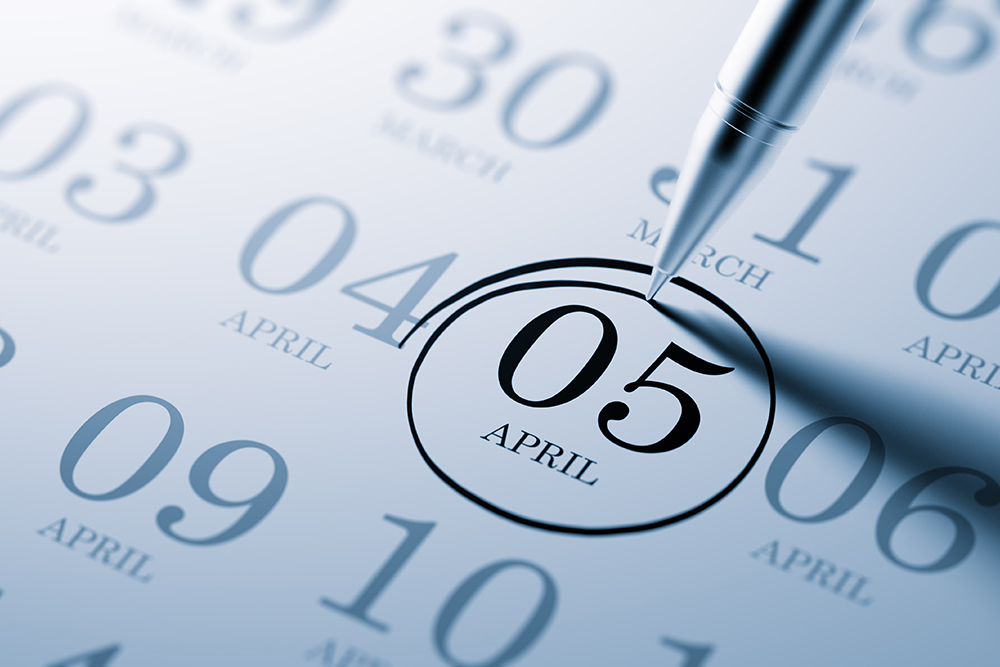Savers must act fast to make the most of their tax allowances.
8th March 2023

With the end of tax year looming, savers must act fast to make the most of their £20,000 ISA allowance before the deadline of 5 April. After all, the exemption is a ‘use it or lose it’ allowance; in other words, you cannot carry forward unused allowances from previous tax years.
Saving in an ISA offers some great tax related benefits and many may not realise that using their ISA allowance is more important than ever this year, due to some upcoming changes to tax allowances.
Firstly, the tax-free dividend allowance, the amount of dividend income savers can earn each year from stocks and shares before they pay tax on it, will be halved from £2,000 to £1,000 a year from 6 April. It will then be halved again to £500 from 6 April 2024. Yet all dividend income is tax-free in an ISA.
Secondly, the tax-free allowance for capital gains will reduce from £12,300 to £6,000 from 6 April 2023, and again to £3,000 from 6 April 2024. However, there is no capital gains tax (CGT) due on stock market gains inside an ISA.
Therefore, taking advantage of the tax-free allowances on an ISA is imperative for those looking to reduce potential tax liabilities.
WEALTH at work shares three tax benefits of an ISA to help individuals understand how it could help them:
- Dividend income held in an ISA is tax-free – All dividend income held inside an ISA is tax-free. However, for any earnings outside an ISA, for the current tax year, only the first £2,000 of dividends earned that year are tax free. Beyond this allowance, tax is due on dividends depending on your income tax band (basic rate taxpayers at 8.75%, higher rate taxpayers at 33.75%, and additional rate taxpayers at 39.35%).
- Investment gains held in an ISA are protected from CGT – Any gains made by investments within an ISA are not subject to CGT. However, for any stock market gains realised outside an ISA, the CGT allowance is £12,300 for the current tax year, meaning that tax will be due on any gains above this threshold (basic rate taxpayers pay 10%, higher rate and additional rate taxpayers pay 20%).
- Interest earned in an ISA is tax-free – All interest earned from interest-bearing investments in an ISA are not liable to income tax. These investments include corporate bonds and gilts.
Jonathan Watts-Lay, Director, WEALTH at work, a leading financial wellbeing and retirement specialist, comments;
“Unfortunately, the upcoming changes to personal tax allowances mean that more savers will be liable for tax on their investments. It’s important that people understand the tax implications on their investments, so that other more tax efficient options such as using ISAs can be considered.
He continues, “Financial education can help provide this knowledge and some may even benefit from receiving regulated financial advice. Many workplaces provide this for their employees so it’s always worth asking what support is available.”

